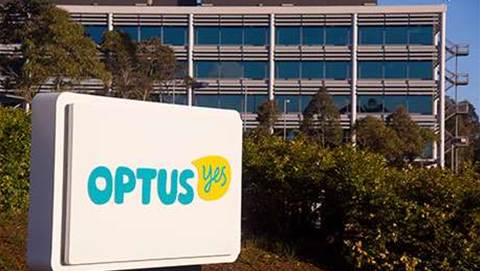.jpg&h=420&w=748&c=0&s=0)
iiNet customers will be waiting with bated breath to learn what will happen to their ISP - the champion of the customer - once it integrates with new parent and unashamedly low-cost operator TPG.
TPG today announced it would spend $1.4 billion to take over the operations of iiNet, a move that will make the combined entity Australia’s second largest broadband provider, relegating Optus to third place.
The group will boast a customer base of 1.7 million subscribers and revenues of $2.3 billion.
The deal is subject to regulatory approval, but iiNet’s directors have already signalled their strong support for the move.
Putting aside the deal’s value to either company’s shareholders, the group that has the most to lose out of the acquisition is iiNet’s customers.
Both businesses operate predominantly in the same market, providing fixed-line broadband to users at a cheaper rate than the two largest players, Telstra and Optus.
But their individual approaches have been markedly different.
iINet has built its reputation as an ISP that offers customers high service levels and support, and as one that will stand up for user rights in areas like privacy and copyright infringement.
It’s the reason iiNet is so proud to boast a net promoter score of 60 percent, where its rivals keep those numbers private.
TPG, on the other hand, is a master at low-cost operation. It has traditionally prioritised dollar value over brand and customer service.
The question iiNet’s 975,000 customers will now be asking is: which model will we now get?
TPG has said it will retain the main iiNet brand, but will review others in iiNet's portfolio - such as Adam Internet, Internode and Westnet. What is not clear, however, is whether the popular iiNet culture will remain.
Australia’s telecommunications analysts think TPG would be “silly” to attempt to conform iiNet to the TPG culture.
Paul Budde told iTnews he saw no reason for TPG not to maintain the iiNet brand.
“It makes total sense to keep the high value of iiNet in play. And then in the back office, you can start looking at how you combine the networks, IT, all of that, integrate it and make it cost efficient and lower cost,” he said.
“And TPG can play a key role in that because it has that track record. But I would not touch the brand, customer service and marketing that iiNet has.
“iiNet is one of the best at providing customer service in the market and has been for a long time. TPG’s model is one of low cost - they are just marvellous at it - which is essential within the economic situation of the telecommunications market.”
He said if TPG executed the deal right, it could reduce the risk of mass iiNet customer churn.
“If customers don’t notice any difference then they are unlikely to churn,” he said.
“If on the other hand you see the whole thing get muddled up on execution, customers will start looking around. But let’s be honest, what choice have they got? Are Telstra or Optus any better? The pity of this whole thing is that you start seeing this lack of competition.”
TPG would be wise to consider integrating iiNet as a standalone premium brand that focuses on high-end customer support, Budde and Market Clarity analyst Shara Evans said.
While iiNet is price competitive, it’s not the cheapest on the market - in order to retain customers the ISP’s brand value needs to be maintained, Evans said.
“If the customer service levels start to go downhill, customers will desert ship,” Evans said.
"[Additionally], the rollout of the NBN will give a lot of customers extra incentive to churn because their physical infrastructure will be changing, and they’ll be getting a lot of marketing offers from other companies coming into their area.
“The combined entity will need to be very sensitive to the way they handle customer service, particularly on the iiNet side of the fence - including Internode, which has a very historically strong community of users.”
TPG would be able to maintain its low-cost approach to operations alongside iiNet’s customer service proposition by reducing iiNet’s dependence on third-parties for infrastructure like backhaul, Evans said.
“iiNet has a certain amount of infrastructure, but it relied on third party providers for a lot of its backbone, and when you take into consideration the assets that TPG holds through Pipe and AAPT, that will give iiNet an infrastructure base that it previously didn’t have on its own,” she said
“That’s one way the combined entity could reduce costs while still keeping a premium customer service brand.”



.png&h=140&w=231&c=1&s=0)






 iTnews Executive Retreat - Security Leaders Edition
iTnews Executive Retreat - Security Leaders Edition












_(1).jpg&h=140&w=231&c=1&s=0)



